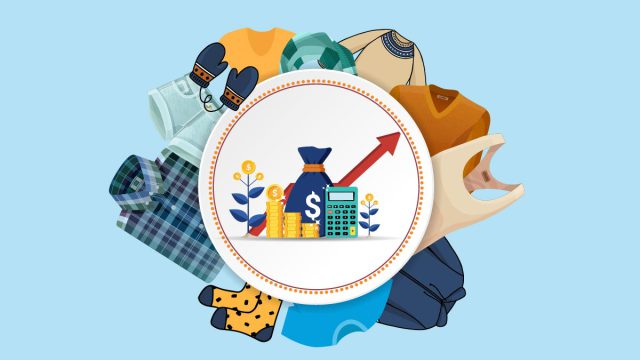Read on and find out why you should invest in Bangladesh’s thriving apparel industry.
In the intricate tapestry of global commerce, few industries hold the promise of prosperity and transformation like Bangladesh’s booming readymade garment (RMG) sector. Following in the footsteps of China, Bangladesh stands as the second-largest exporter of RMG, contributing a staggering 81% to its export revenue. This dynamic industry is the driving force behind a substantial 20% of the nation’s GDP, solidifying its role as the cornerstone of Bangladesh’s economic vitality.
In this comprehensive article, I delve deep into the intricate workings and unveil the undeniable allure of the Bangladesh apparel industry. Our exploration focuses on the ten compelling reasons that capture the attention of investors worldwide, as they are drawn to the industry’s unwavering promise of robust growth and enduring prosperity.
- Expansive Market Potential
Bangladesh’s RMG industry is poised for expansion on the global stage. Recent export data highlight a growing opportunity as Bangladesh’s market share steadily rises, currently standing at 6.4%. By comparison, China, a primary competitor, holds a 36.4% market share. This trend underscores Bangladesh’s potential to capture a more substantial piece of the global RMG pie.
- Fast Returns and Safety
Investors in Bangladesh’s apparel industry enjoy a supportive regulatory environment. The country allows up to 100% foreign equity in designated Economic Zones (EZs), offering flexible repatriation of capital and profits. Moreover, a 100% tax break for up to a decade incentivizes investment, with a relatively quicker return on investment (ROI) of 4 to 6 years.
- Abundant and Cost-Effective Labor
Bangladesh boasts a vast and cost-effective labor force, providing a competitive edge. With the lowest minimum wage in the world at $68, the nation remains an attractive destination for apparel manufacturing. Additionally, the presence of skilled workers and textile-related educational institutions bolsters the industry’s growth.
- Robust Forward and Reverse Linkages
Bangladesh’s RMG industry benefits from strong backward linkages, with a significant portion of raw materials locally sourced. The nation’s vast textile mill capacity ensures a steady supply of yarn and fabric. While backward linkages are solid, there’s ongoing progress in enhancing forward linkages to diversify product offerings and add value.
- Tax Incentives and Reduced Source Taxes
A supportive tax framework aids investment in Bangladesh’s RMG sector. Owners of regular RMG manufacturers enjoy a reduced corporate tax rate of 10%, encouraging profitability and expansion. Moreover, reduced source taxes for exporting goods incentivize RMG exporters, strengthening their competitive advantage.
- Strategic Geographic Location
Strategically located, Bangladesh benefits from accessible transportation hubs, including international airports and seaports. The nation’s 70% under-40 population creates a substantial labor pool for sustained industry growth.
- Duty Benefits and Export Opportunities
Bangladesh leverages duty-free access and lower tariff rates for garment exports, particularly in its top markets like the European Union. Membership in the Least Developed Country (LDC) category affords preferential trade agreements, promoting a favorable export environment.
- Commitment to Safety and Compliance
The tragic events of Tajreen and Rana Plaza have led to a heightened focus on safety and compliance in Bangladesh’s garment factories. The industry has made significant strides, setting global standards for worker safety and social compliance. This commitment enhances the sector’s credibility and attractiveness to investors.
- Technological Advancements
Bangladesh’s RMG industry has embraced advanced technologies, streamlining production processes and ensuring quality compliance. Vertical integration and efficient supply chain management contribute to multinational brands’ confidence in the country’s capabilities.
- Sustainable Growth
The industry’s journey toward sustainability is ongoing, with an increasing emphasis on ethical manufacturing, environmental consciousness, and social sustainability. Initiatives like the Accord & Alliance have instigated positive changes and promised a more sustainable future.
Bangladesh’s RMG industry presents a wealth of compelling reasons for investment. With an expanding market, favorable investment policies, cost-effective labor, robust linkages, tax incentives, and a commitment to safety, the country’s apparel industry is primed for growth. As the sector advances technologically and ethically, Bangladesh’s RMG industry is poised to continue its upward trajectory and play a pivotal role in the nation’s economic development.
Read more write-ups of this author: Click Here

About The Author:
Mirza Rakib Hasan Shovon
Managing Director and CEO
Aristo Tex International
Technet Corporation
ANYVAS
Director
Research & Development
International Corporate Association of Professionals (InCAP)

















